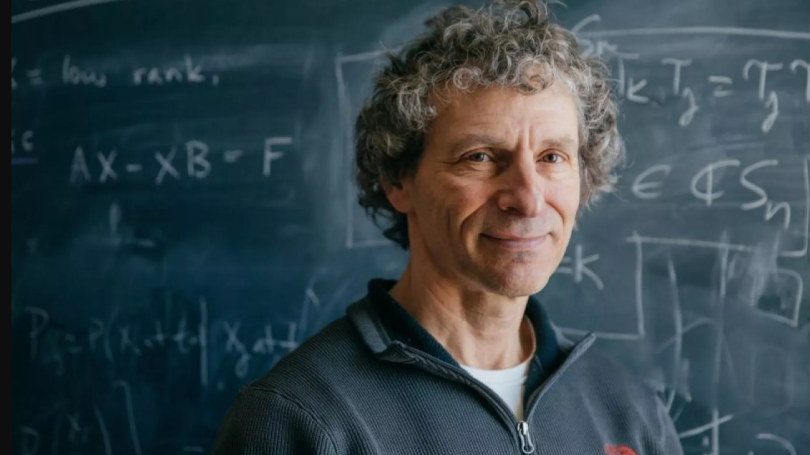
- Undergraduate
- Research
- About the Program
- News & Events
- People
Back to Top Nav
Back to Top Nav
Back to Top Nav
Back to Top Nav
Professor Dan Rockmore, a member of the Steering Committee of the Program in Quantitative Social Science (QSS) and Professor of Mathematics and Computer Science at Dartmouth, recently published an article in The New Yorker titled, How Much of the World Is It Possible to Model?
"To be successful, a model needs to replicate the known while generalizing into the unknown. This means that, as more becomes known, a model has to be improved to stay relevant. Sometimes new developments in math or computing enable progress. In other cases, modellers have to look at reality in a fresh way. For centuries, a predilection for perfect circles, mixed with a bit of religious dogma, produced models that described the motion of the sun, moon, and planets in an Earth-centered universe; these models worked, to some degree, but never perfectly. Eventually, more data, combined with more expansive thinking, ushered in a better model—a heliocentric solar system based on elliptical orbits. This model, in turn, helped kick-start the development of calculus, reveal the law of gravitational attraction, and fill out our map of the solar system. New knowledge pushes models forward, and better models help us learn."
Professor Rockmore is currently teaching Math 76.01: Topics in Applied Mathematics and Math 146: Current Problems in Applied Mathematics.
Read the article here: How Much of the World Is It Possible to Model?